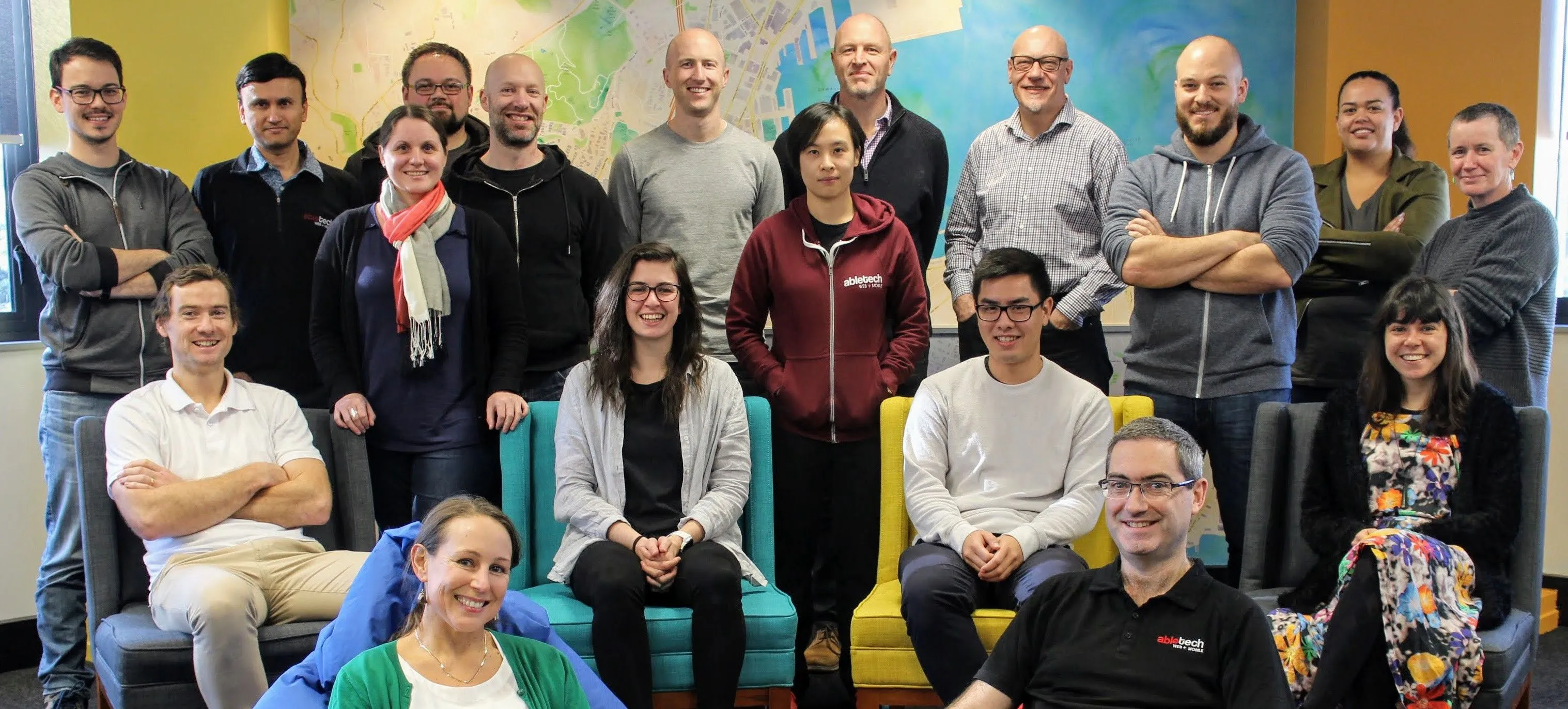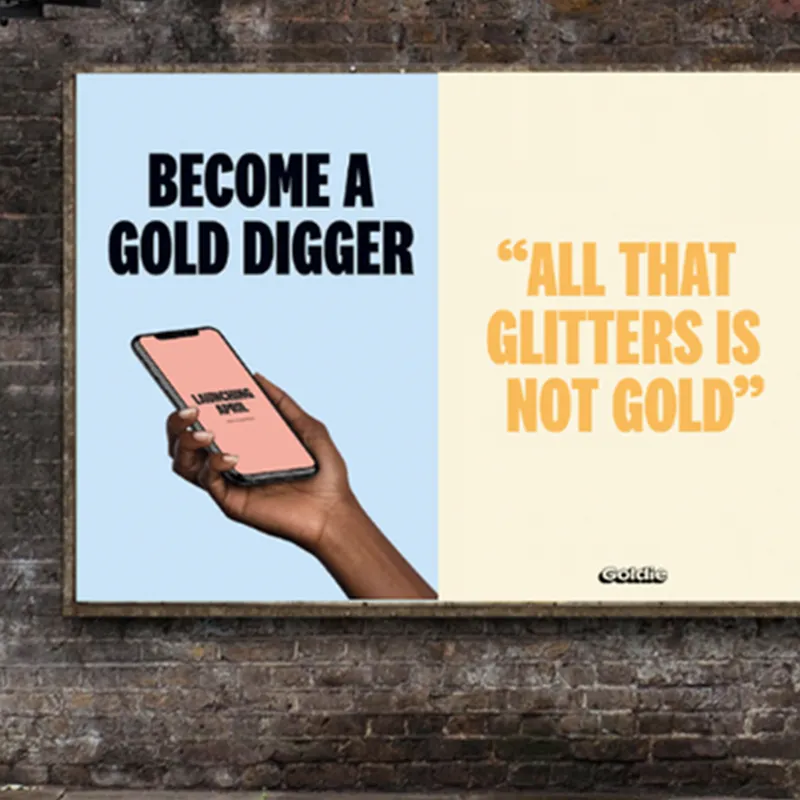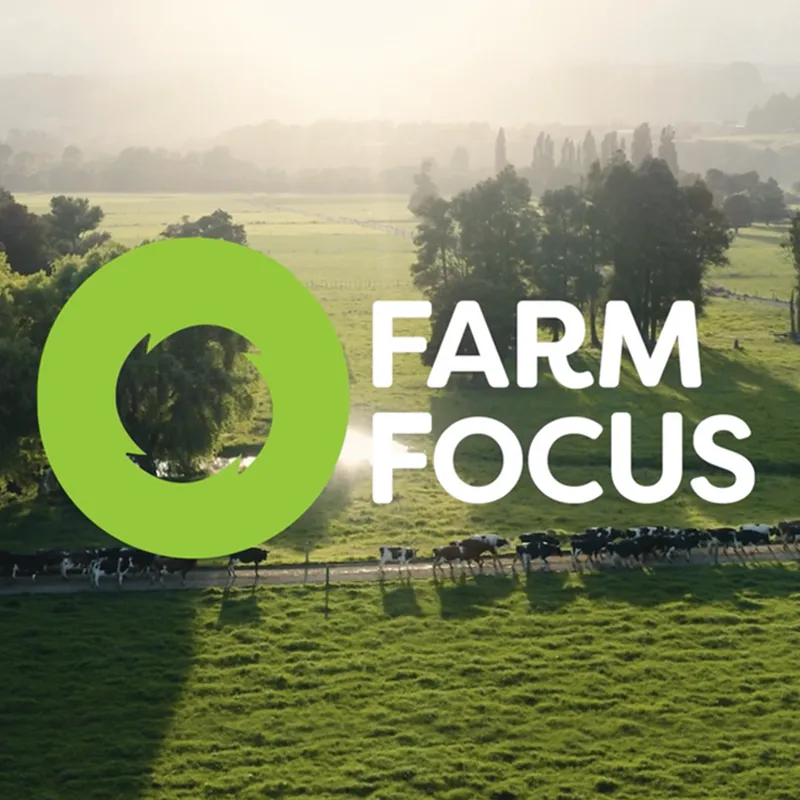Driving Organic Sign-up with User Experience

Increasing Addressfinder’s customer sign-up by 295%

When Addressfinder undertook a brand refresh of their website we used the opportunity to redesign the website with a user-focus. With only a 1.9% conversion rate from the features page to sign up and less than 1% conversion from visitors at the site, the site didn’t connect or communicate to users clearly enough to get them to sign up for their Address Verification service.
Evaluating the information architecture

Like many websites, the Addressfinder site had, for the most part, grown organically and without a clear pathway for the users. The goal for Addressfinder was conversion; this means getting users into the pricing page and signed up to the service.
In order to know where we were going, we needed to know where we were. We did an audit of the current information architecture, looking at how different areas of the site go to the pricing page. With conversion being a key business need, we highlighted where users were taken on that pathway through calls to action.
Once we had that view, we quickly identified opportunities for improvements.
The data talks!
Abletech worked with our partner digital marketing team who had quantitative data for the Addressfinder website. This came from page analytics and heatmap tools such as hotjar. We combined this research with customer feedback made directly to the product team and were able to get an understanding of the user needs with qualitative data.
Here’s what we found:
- Language - we need to use words our customers use to describe the verification and autocomplete processes. We also needed to give users a better understanding of Addressfinder features, linking directly to the value of what they do.
- Customer success stories - this was not prominent on the website and consequently had low traffic, but there was a great conversion rate when visitors did navigate here.
- Too many features - the features page had too much information. All features were highlighted, many were rarely used and some weren’t entirely clear. Users weren’t engaging as well resulting in a high drop-off rate and almost no conversion from that page.
- The verification page - this page is more effective than autocomplete. Based on customer feedback combined with hotjar, we concluded that this is because they clearly explained verification services on that page.
- Unclear prioritisation - an abundance of navigation items and an overload of options within the site information architecture overloaded the users with too many choices.
Design approach
We used the user insights to inform our UX design requirements and prioritised requirements based on their impact on the user experience.
New architecture and components

Our changes to the information architecture (high-priority items captured below) relate directly to value for the user.
- Case Studies - case studies was a high-performing page and users responded to the direct quotes. It also provided one of the clearest value proposition stories. We found that future customers want to know why they should care! We decided to pull this content out into components which could be used strategically in various parts of the site, speaking directly to the industry, plug-in or feature.
- Industry pages - business conversion is a high priority for Addressfinder and was not given enough focus in the previous design. Our team decided to allow filtration by industry in various parts of the site. This approach allowed us to tailor information for the business customers by industry. It gave the users direct access to information and examples relevant to them.
- Feature prioritisation - we needed to highlight the most important features and make them front and centre, avoiding choice overload for the users. We prioritised four key features which had the clearest value for our current customers and pulled them into the drop-down navigation with iconography to visually reinforce the meaning. These were: Autocomplete, bulk cleansing, email verification, geocode address and address metadata. The rest of the features were in a list, on another area of the site for users who are keen to know more.
- Understanding the features - customer feedback told us many users don’t know the difference between some of the key features. We used diagrams to visually explain the difference between autocomplete and verification. This method of showing instead of telling enabled a better understanding of the key features for the user.
Wireframing and content curation

Our UX development team worked closely with the product owner to prioritise key screens and create low-fidelity wireframes, which could be quickly iterated, allowing us to nail down the structure with low time investment.
As we finalised wireframes, we worked alongside the developers to rapidly build the designs.
A design system
As the design of the site expanded with new components and updated pages, the design system needed to expand and define the patterns, shapes and colours associated with those new components. Using the wireframes and brand guidelines, we built upon the design system made by the agency, creating the UI design for both the public-facing website as well as the product and internal interface (for customers who had purchased a plan). This involved looking at the required states and components and adding these UI elements to the design system.
The Addressfinder design system had to be robust to provide guidelines for how elements should look, feel, and behave. Going forward, the design system provides a shared vocabulary for designers, developers, and stakeholders as we take the Addressfinder site into the future.
The result

With new wireframes and an eye-catching new design system, we were able to bring our ideas to life!
An increase in organic website traffic was the most notable result. The language update of core terms on the homepage for SEO affected the amount of traffic and the use of more user-friendly language seemed to engage users throughout the site, increasing organic sign up.
The total impact on traffic was 151% compared to the previous year, with a business plan signup rate increase of 195% and an agile plan signup rate increase of 295%. Aesthetically, the new website design brought warmth, humanity and sophistication to the Addressfinder brand, creating a modern website experience.
Could your software benefit from UX design to level up the conversion rate? Get in touch now
More from Abletech

Keen to know more?
Get in touch today for an obligation free chat!

